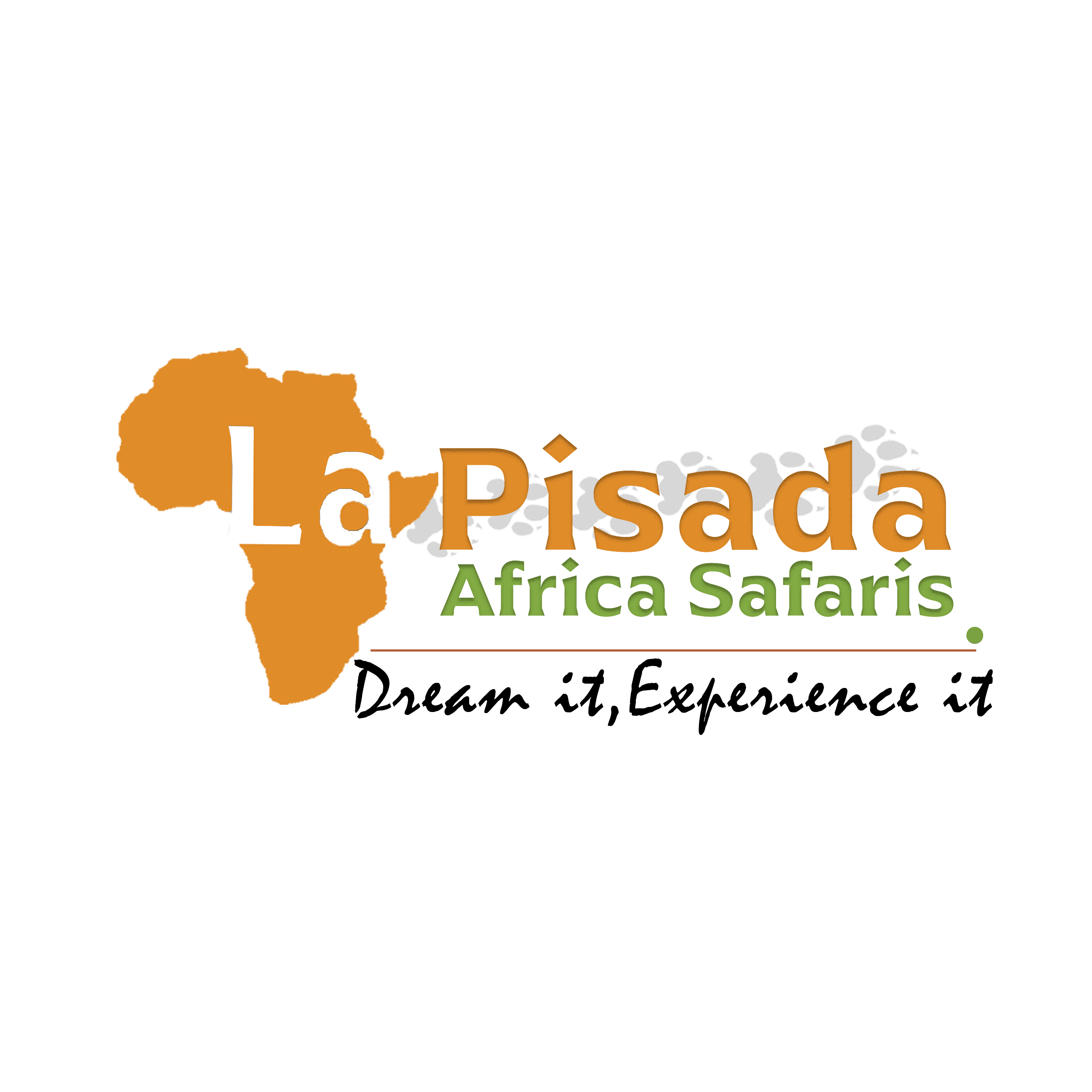
Mara Conservancies
Dream of Africa and chances are that you dream of the Masai Mara.
The Greater Mara Ecosystem encompasses areas known as the Maasai Mara National Reserve, the Mara Triangle, and several Maasai Conservancies, including: Koiyaki, Lemek, Ol Chorro Oirowua, Olkinyei, Naibosho, Olare Motorogi, Siana, Olarro Maji Moto, Ol Derkesi and Pardamat. There are no artificial boundaries (fences) surrounding all these areas – the wild animals roam free from one to the other.
Mara Triangle
The Mara Triangle covers 510 km², about one-third of the total area of the Maasai Mara National Reserve. The unique feature of Mara Triangle is the Oloololo Escapement, The Mara River and the International Kenya-Tanzania boundary which forms a triangular shape.Mara Triangle has one of the highest densities of wild life in the world and on a lucky day you will be able to view all the big five in less than 2km2. The reserve is also a home of cheetah, Wildebeest, Zebra, giraffe, rock hyrax and many more.Mara Serena Safari Lodge and Little Governors' Camp are the only accommodations inside the Mara Triangle. There is also a small number of exclusive camps and lodges, located on the fringes of the Mara Triangle, that offer game drives in the Triangle.
- Instinct of The Mara
- Angama Mara
- Mara Serena
- Little Governors Camp
Mara North Conservancy
The Mara North Conservancy is a stunning wilderness area of 69,160 acres. It’s the largest conservancy and a vital part of the Maasai Mara ecosystem as it forms the north-western zone, bordering the Maasai Mara National Reserve. It states its aim as to create a best practice, world-class conservancy with long-term commitments to the environment, wildlife, and local communities. The Conservancy is a partnership between fourteen member camps and 666 landowners.
The Conservancy is one of the most populated wildlife areas within the Maasai Mara. It is home to the Leopard Gorge, a vital birthing and maternity ground for the big cats, as well as the scenic Lemek Hills, an important refuge to highly threatened African wild dogs. During the Loita Hills migration (December to May), thousands of local wildebeest come to the Mara North Conservancy.
- Ngare Serian Camp
- Kicheche Mara Camp
- Richard’s River Camp
Koiyaki Lemek Conservancies
The Koiyaki and Lemek ranch group which is located to the north of Masai Mara National Reserve consists of Koiyaki Ranch (89,000ha) and Lemek Ranch (49,707ha).
The trust which runs the group ranch is managed totally by local Maasais; there are 2,000 members in Koiyaki, and 1,029 members in Lemek. Some of the members privately own a ranch within the area. This area is a natural reserve area and is called Protected area & Wildlife Service (PAWS).
Within the Koiyaki Lemek Ranch, there are 4 lodges, David Livingstone lodge, Mara Buffalo, African Safari camp, Olmakau/Royal camp and several tented camps.
Olchorro Wildlife Conservancies
North of the Mara Triangle, Olchorro Oirowua Conservancy covers 15,765 acres and is a partnership between 170 landowners and 4 tourism camps.
Fairmont Mara Safari Club, which is located in the Conservancy, together with the Local Land Owners have taken the lead in investing in human and wildlife welfare in order to secures and protects the surrounding ecosystem.
Olchorro Oirowua Conservancy is home to two wide-mouth Rhinos; Kofi Annan and Queen Elizabeth; the two Rhinos are kept under tight security by a group of dedicated conservancy and Kenya Wildlife Service rangers at the foot of Kileloni Hill in Maasai Mara.
- Fairmont Mara Safari Club
Ol Kinyei Conservancy
The 18,700 acre Ol Kinyei Conservancy is located within the Serengeti-Mara eco-system, north-east of Maasai Mara Game Reserve. Ol Kinyei is renowned for its unspoilt and breathtaking scenery with diverse terrain offering on one hand open savannah plains and rolling hills on the other.
Ol Kinyei is on a tranche of land belonging to a Maasai community who leased it to Gamewatchers Safaris to be set aside for the purposes of wildlife conservation. It is home to only two small, safari camps, the Porini Mara Camp and Porini Cheetah Camp, both of which accommodate a maximum of only 12 guests each at any given time – making this not only an exclusive experience but one that respects the principles of eco-tourism. There are also have two small mobile camps (high season only) the Gamewatchers Adventure Camp and the Porini Bush Camp.
Apart from our small eco-camps, no other tourist vehicles are allowed into the Conservancy so guests have the thousands of acres in the conservancy to themselves; guests also have game drives in the neighbouring Naboisho Conservancy, also supported by Gamewatchers Safaris by contributing to the land lease payments to the local Maasai community.
The land, with its abundance of water sources in the form of springs, streams and rivers, coupled with spectacular views across the Mara plains, is home to a wide variety of animal species. There is a resident lion pride and other individual lions are also present while several leopards have their territories within the conservancy and are often sighted by guests from Porini Mara Camp on evening or early morning drives. Cheetahs are frequently seen and it is not rare to come across large numbers of giraffe as well as Cape buffalo and elephants.
The conservancy is a great location from which to observe the Serengeti Wildebeest Migration (generally in the Mara from June to October), and there is another Wildebeest Migration which comes in from Kenya’s Loita Plains, moving into Ol Kinyei Conservancy earlier, usually by January.
The annual wildebeest calving takes place in Ol Kinyei Conservancy during February and March when the plains of the conservancy are teeming with wildebeest before they move on through Naboisho Conservancy and into Olare Motorogi and the Mara Reserve.
The local Maasai make first class guides and are on hand to share their experience on what to see and do.
Naboisho Conservancy
The Mara Naboisho Conservancy is a private 50,000 acre community pastoralist and wildlife conservation area located that was carved out of the Koyaki-Lemek Group Ranch. It borders the world famous Maasai Mara National Reserve to the southwest, the Olare Orok Conservancy to the west, and the Ol Kinyei Conservancy to the east.
The Mara Naboisho Conservancy limits the number of beds per acre and also the number of tourists who may enter the area, thereby reducing the crowds of vehicles. Guests often find themselves the only vehicle around, giving spectacular, unspoiled views of exciting wildlife. The Conservancy has one of the highest densities of lions in Africa. And because the Mara Naboisho Conservancy is not governed by the same rules that apply to national parks, there is the flexibility to experience something truly profound and to see and do things not possible in the Maasai Mara National Reserve. The passion and expertise of the guides at the conservancy facilitate this experience.
The conservancy provides the opportunity to conserve the land and wildlife, whilst simultaneously creating wealth for the Maasai landowners. By visiting the Mara Naboisho Conservancy, you will be playing a part in protecting the cultural heritage of the local Maasai community and improving their access to vital services.
- Eagle View Camp
- Kicheche Valley Camp
- Wilderness Camp
- Naboisho Camp
Olarre Motorogi Conservancy
Bordering the Maasai Mara Reserve to the north, Olare Motorogi Conservancy (a combination of Olare Orok and Motorogi conservancies) covers an approximate area of 33, 386 acres and is a strategic buffer zone for the Maasai Mara National Reserve and key wildlife migration corridors. Built upon a partnership with 288 landowners, Olare Motorogi management has worked with the local people who agreed to move their homes and only allow carefully managed cattle grazing, leaving the wildlife completely unimpeded.
The conservancy offers pleasant and exclusive tours in a pristine environment, with a rich and diverse wildlife population of both predators and herbivores, including the Mara’s famous big cats and many elephants. Rhino and wild dog have also been sighted, and it is becoming a very viable habitat for these two highly endangered species, given the right sort of protection through sensitive tourism development.
There are five luxury camps within the conservancy, catering for anyone’s tented tastes. Porini Lion Camp and Kicheche Bush Camp being the Conservancy founder members were joined by Mara Plains Camp, Olare Mara Kempinski and Mahali Mzuri.
All offer exclusive wildlife-, campfire- and canvas experiences to their clients. None of these camps is larger than 24 beds and all abide by environmentally friendly guides of construction and operation in the Conservancy’s Code of Conduct.
Siana Conservancy
Mara Siana Conservancy is a nascent community conservancy adjacent to the eastern side of Maasai Mara National Reserve. The Conservancy covers 10,000 acres and is a partnership between 1,517 landowners and 15 tourism camps.
Operationalization of the Mara Siana conservancy began in 2015, after 1,200 landowners of the sub-divided Siana Group Ranch decided to set aside 6.5 acres each to establish the conservancy. The community decided to jointly form a conservancy so as to benefit from tourism and have guaranteed pasture for their livestock. They also sought inclusivity in the management of the conservancy to guarantee equitable benefit sharing.
- Mara Bushtops
- Leleshwa Camp
- Entumoto Toto Camp
- Siana Springs Tented Camp
- Ilkeliani Camp
Pardamat Conservancy
The Pardamat Conservation Area is premised on a mixed conservation model to ensure the survival of the greater Maasai Mara ecosystem and generation of economic benefits for local communities. Through this model, Pardamat community’s 850 landowners have legally registered their 26,000 hectares of land as a wildlife conservation area.
The Pardamat area is important to the wellbeing of the greater Mara ecosystem. It is adjacent to Naboisho, Olkinyei, Lemek and Mara North conservancies and serves as a migration route from the Loita plains that connects the four established conservancies to the Mara Triangle and then to the Maasai Mara National Reserve. Additionally, its hilly and forested terrain is cherished by elephants for browsing as well as open spaces, against rising threats, like unplanned development and settlements as well as fencing.
Olarro Conservancy – Maji Moto (Loita Hills)
Olarro Conservancy in Maji Moto, Loita Hills of southwest Kenya, is a 4-hour drive from Nairobi and on the way to the world-famous Masai Mara National Reserve.
Olarro North and South Conservancies together cover 24,500 acres and are a partnership between 2,200 landowners and 2 tourism camps.
Olarro Conservancy is instrumental and extremely active in various areas of conservation, Socio-economic improvements, anti-poaching, human/wildlife conflict resolution and wildlife rescues, currently mostly elephant, amongst other duties and has developed a model for a network of land conservancy zones focused on securing the integrity of key ecosystem components.
Olarro works hard under difficult conditions to protect their ecologically important zones such as wildlife corridors, grassland reserves, watersheds and springs and the Conservancy’s good stewardship of their ecosystem also equates with meaningful sustainable revenue and managed projects to improve the communities living conditions. Never a dull moment!
The drive from Nairobi includes the stunning views from and descent down the Great Rift Valley Escarpment. For travelers intending to visit the Masai Mara, Olarro and Maji Moto are perfect places to rest and acclimate yourself to the region, and its only one hour from the Sekenani Gate – the main entry point to the eastern side of Maasai Mara Game Reserve.
Ol Derkesi Conservancy
Olderkesi Conservancy is adjacent to the southeast corner of the Maasai Mara National Reserve and just north of Tanzania’s Serengeti National Park. It is a place of incredible natural beauty, abundant wildlife, and innovative conservation thinking.
The conservancy is managed by two trusts: Cottar’s Wildlife Conservancy Trust (CWCT) and Olderkesi Wildlife Community Trust (OCWCT). These two groups have worked closely together over the past 20 years to create a vital, truly sustainable conservancy management plan.
Olderkesi Conservancy is owned by the Maasai but it is rented by Cottar’s Wildlife Conservancy Trust. The Maasai agree to live on other sections of their land, supported in part by the payments from the Conservancy.
Enonkishu Conservancy
Enonkishu is situated on the northern most point of the Greater Mara Ecosystem covering an area of 5,928 acres, two tourism partners and 42 landowners. The main focus of the conservancy is livestock improvement through innovative cattle management programs, running alongside novel tourism projects. Indeed, the name Enonkishu – Maa for healthy cattle – was chosen by community elders as the description of the ideal livestock herd.
The habitat comprises wooded acacia savannah with open plains on flat plateaus, riverine acacia forest and rocky, undulating hills which provide a varied habitat for browsing and grazing ungulates, as well as hideout thickets for the predators. The Mara River runs alongside the conservancy.
There is a large number of giraffe and resident buffalos that live close to the Olerai boundary along the Mara River. Elephants frequent the conservancy and there is a pride of lion that is based on the edge of Enonkishu and Ol Choro Oiroua. There are many hippos and crocodiles in the section of river that borders the conservancy and the riverine forests provide an area popular with leopards. Rare species such as Aardvark, Caracal, serval cat and Aardwolf are occasionally found. Colobus monkeys have been spotted in the valleys on the Kileleoni Hill and there have also been sightings of wild dogs in the conservancy.ents or concerns about our Privacy Policy, please contact us.
Recommended and endorsed by all the leading lodge owners in Africa

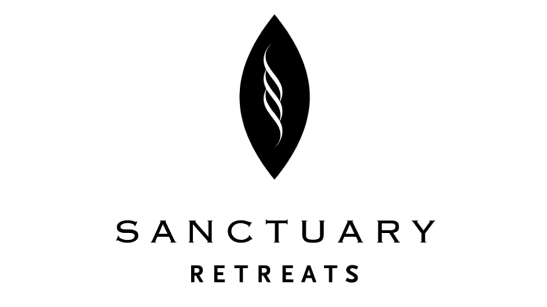
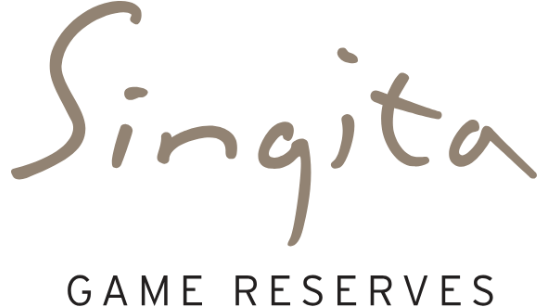
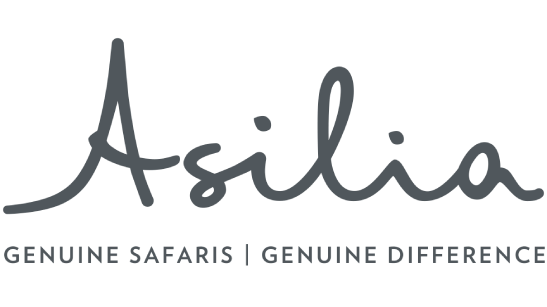
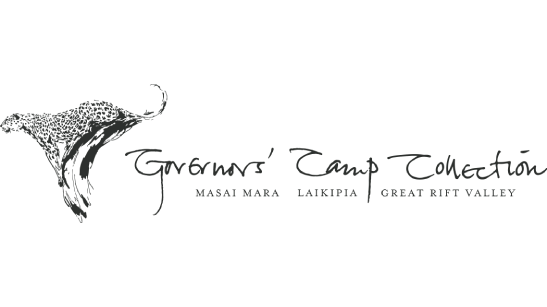
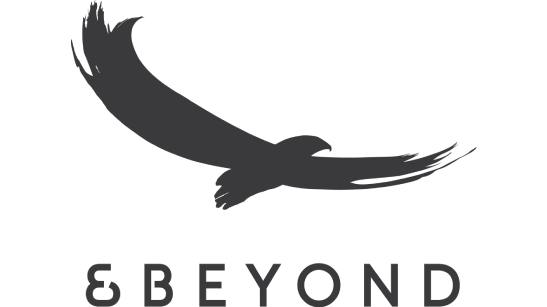

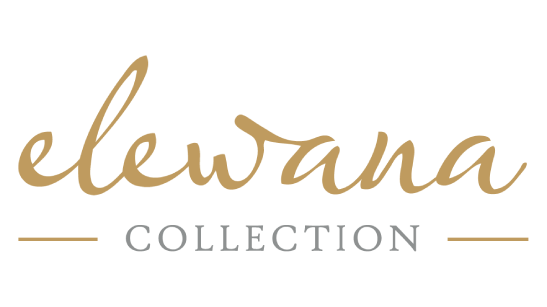
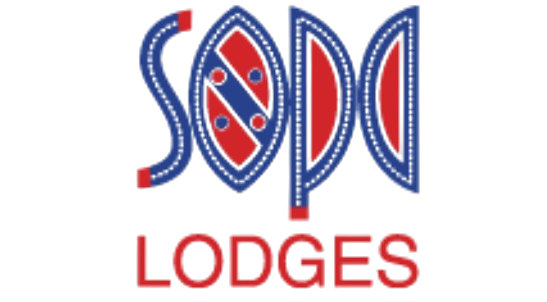

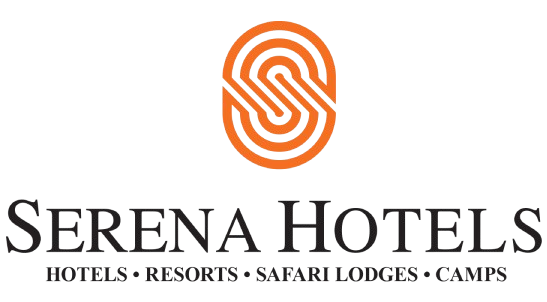

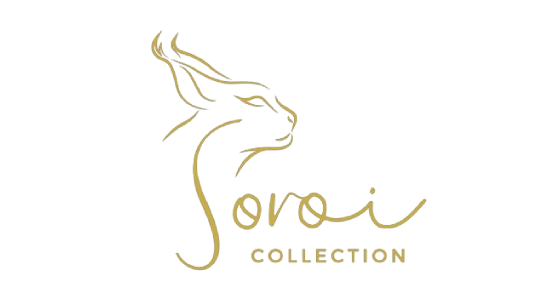


Your Next Vacation is one Click Away!...
From bush to beach, our ever-exclusive African Travel offers nothing other than total relaxation in the beauty of Africa. These are the moments that are curated to sublimity, with you in the centre of everything luxury safari.
The time is now, we are ready to take you on an African journey of a lifetime. Let our team of experts help you plan & organize your dream Luxury African safari…
